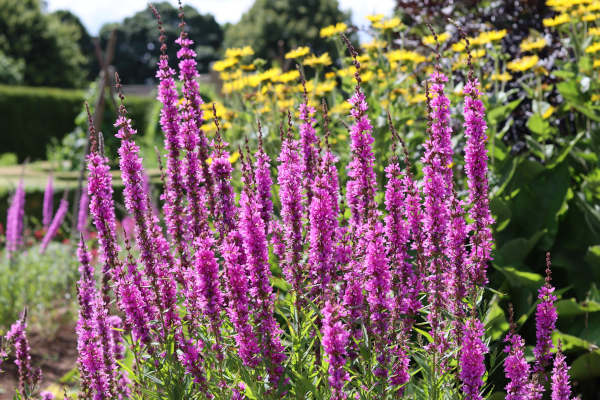How to grow Lythrum
Lythrum, commonly known as loosestrife, is a genus of flowering plants in the family Lythraceae, comprising about 30 species of herbaceous annual or perennial flowering plants. Found growing wild predominantly in temperate regions across Europe, Asia, and North America, Lythrum are typically characterized by their striking spikes up to 30cm long, of vibrant purple to magenta flowers. Lythrum species typically bloom in mid to late summer, making them popular in ornamental gardens and landscapes, in both borders and containers.
Lythrum plants thrive in moist to wet conditions, often found near lakes, rivers, and marshes. Their ability to tolerate a range of soil types makes them adaptable to various environments. Aside from their ornamental uses, some species of Lythrum have been employed in traditional medicine for their astringent properties.
With strong upright stems, topped with long, poker-like heads, this wonderful herbaceous plant is perfect for attracting bees, butterflies and other pollinators throughout the summer, whilst providing beautiful, architectural structure.
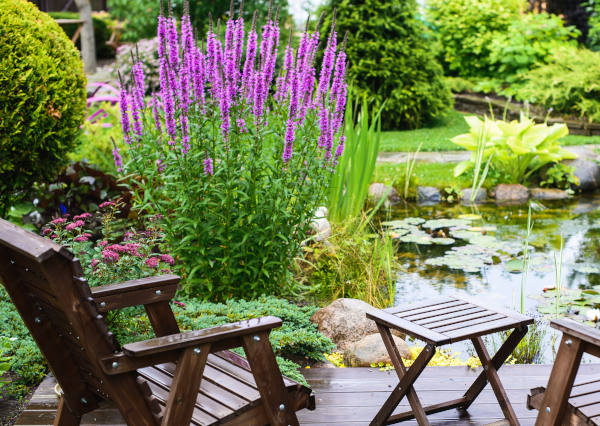
Zantedeschia is a genus of flowering plants from the family Araceae and is native to southern Africa. With a rich history dating back to the Ancient Romans, these deciduous or semi-evergreen perennials have been used as a symbol of celebration. Zantedeschia was Named after Professor Giovanni Zantedeschia, an Italian botanist.
There are two main forms of Zantedeschia: hardy and tender. Hardy forms of the plant can be grown outdoors, enjoy moist soil and full sun or partially shaded conditions - these are known as Arum lilies. Tender forms of Zantedeschia prefer being grown in containers or pots and should be brought inside over the winter - these are known as Calla lilies.
With tuberous flora in all colours from whites, yellows and oranges to deep reds and purples, Zantedeschias are not to be overlooked in any garden, as long as they have sufficient sunlight to grow in.
Ready to learn more about growing Zantedeschia? Read on for all there is to know...

Key Information
Soil pH
Position
Hardiness

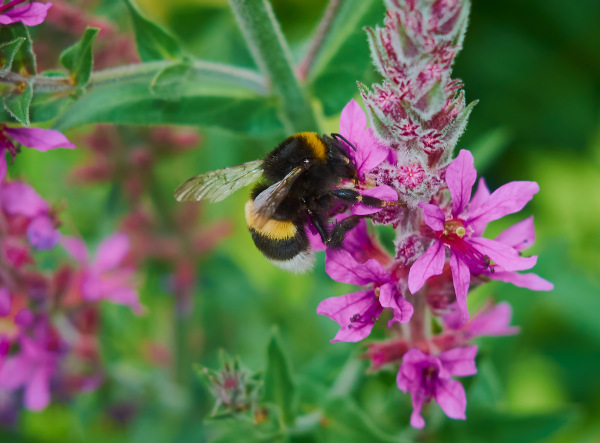
Where & when to plant Lythrum
Position - Best in full sun, but can cope with partial shade
Soil - Suits most soil types
Flowering Period - All summer
Hardiness - Very hardy, rated H6 (-15°C to -20°C) or H7 (-20°C and lower)
Lythrum are moisture loving, hardy plants which thrive in temperate regions and are well-suited for wetland areas or rain gardens, often planted alongside streams, ponds, or in damp soils. Ideal planting times for Lythrum are early spring or early autumn. Planting in spring gives the young plants a full growing season to establish roots before winter, while autumn planting allows the plant to settle in warm soil, but in cooler temperatures, often resulting in stronger growth the following spring.
When choosing a location, select a spot with full to partial sun to encourage the most prolific flowering. Lythrum grows best in moist, fertile soils but can tolerate various soil types, including clay and sandy soils. However, it prefers consistently moist conditions, making it suitable for gardens with high water retention or areas prone to slight flooding. It's essential to avoid overcrowding; space plants about 45-60cm apart to ensure airflow and prevent fungal issues.
How to plant Lythrum
For potted plants:
Water well and allow to drain before planting.
Dig a hole twice the size of the root-ball.
Place the plant in the hole, ensuring the top of the compost sits level with the surface of the soil.
Backfill with soil and firm in gently.
Apply a generous mulch of well-rotted compost around the base of the plant in early spring.
Well in well and keep moist.
For bareroots:
Dig a hole large enough to fit the entirety of the root in.
Hold the plant in place so that it will sit with the roots below the surface and the top growth level with the soil surface.
In fill around the roots with soil and firm in gently.
Apply a generous mulch of well-rotted compost around the base of the plant in early spring.
Soak well with water.
For container planting
If planting in the shallows of a pond or stream, plant into a mesh aquatic basket to make it easier to restrict or divide plants in the future.
Start by partially filling the pot with compost (a mix of general and aquatic compost will help with water retention). Add enough so that when placed on it the upper surface of the root ball is about 3cm lower than the top of the pot.
Fill around the plant with compost, firming down with your fingers then adding a little more so it is held tight.
Pick up the container (if you can!) and lightly tap on the potting bench or ground a few times to help further settle the compost around the plant.
Soak well with water.
A mulch with horticultural grit will look attractive and help to prevent a ‘cap’ or crust forming on the top of the compost (something container plants can suffer due to the artificial nature of their watering).
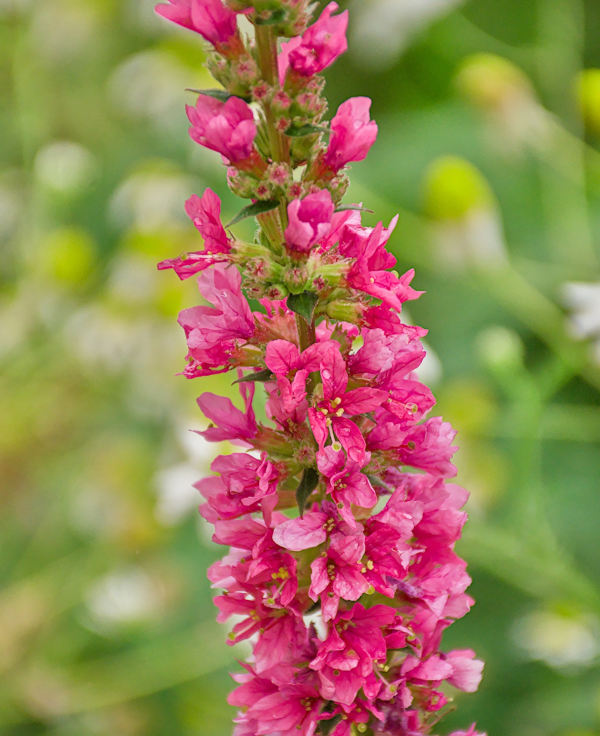
What to plant with Lythrum
Lythrum suits a naturalistic planting style, but also looks great in more formal planting schemes, as long as the soil remains moist. Choose companion plants that suit the same moisture-loving conditions, such a Astilbe, Athyrium, Gunnera, Ligularia and Typha.
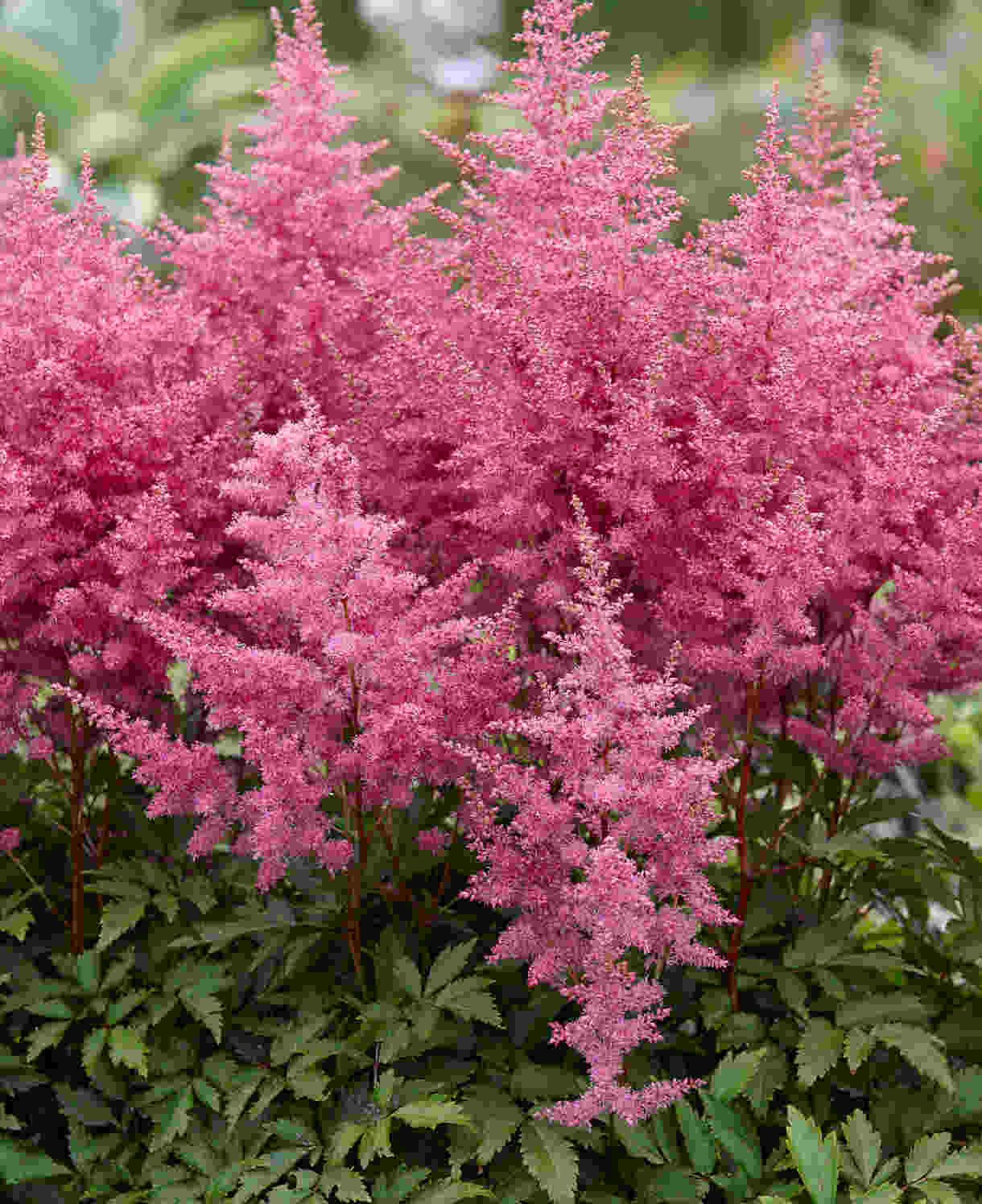


How to care for Lythrum
Pruning and Deadheading
Deadhead faded blooms regularly to maintain a tidy appearance, and before the seed ripens and falls to prevent self-seeding. Established clumps will benefit from being divided every three to five years, to keep them flowering abundantly and avoid congestion.
Watering
Lythrum need to be kept moist, so water frequently in dry weather. If grown in containers, you can use a horticultural saucer beneath the pot to ensure the soil remains moist.
Provide deep watering sessions periodically, and always water the base of the plant rather than the foliage.
Feeding & Mulching
Apply a thick 2-3 inch layer of mulch around the base of your Lythrum plants in spring, this helps to hold moisture in the soil and deter weeds. Use well-rotted organic matter, such as garden compost or manure, and top up annually.
In early spring, apply a balanced, slow-release fertiliser, following the product instructions, to encourage healthy growth.
Cold Protection
Lythrum are hardy plants, but a layer of mulch in autumn will give added protection while also retaining moisture. Lythrum are herbaceous so will die back and become dormant over winter, ready to sprout again in the spring.
Pests and Diseases
Generally robust and vigorous, Lythrum do not tend to succumb to many pests or diseases, however young spring shoots can sometimes be affected by hungry slugs and snails.
How to propagate Lythrum
The quickest and easiest way to propagate Lythrum is by lifting and dividing established plants in early spring.
- Dig the plant, or a section of the plant, out of the ground.
- Shake off any excess soil.
- Separate the plant into sections by gently prising the clump apart.
- Discard old, damaged, or surplus pieces, keeping healthy, vigorous material.
- Replant decent-sized pieces where desired, and any smaller bits can be potted up.
- Water well until fully established.
Lythrum can also be grown from seed.
- Fill pots or a seed tray with moist, free-draining seed compost.
- Sow the seed on to the surface of the soil.
- Propagate at 15-20°C or on a windowsill shaded from direct sun.
- Once germinated, prick out the seedlings and grow on into larger pots.
- Plant out once established.
* Many plants carry Plant Breeders Rights and cannot be propagated for commercial purposes.
Common Lythrum questions
Do you cut back Lythrum?
While the foliage of most varieties will die back and become dormant over winter anyway, you may want to cut the spent flowerhead after flowering to prevent self-seeding.
Is Lythrum a perennial?
Lythrum can be annuals or perennials.
Do bees like Loosestrife?
Lythrum flowers produce an abundance of nectar, thus attracting a wide variety of pollinating insects, particularly bees.
Do slugs like to eat Lythrum?
Generally, Lythrum are not particularly bothered by slugs and snails, however new, young shoots in spring may be eaten.
Is Lythrum poisonous to dogs and other pets?
Lythrum has no toxic effects reported.
Is Lythrum invasive?
New cultivated varieties of Lythrum are not invasive. However, Lythrum salicaria, while described as vigorous in its native UK and Europe, is classed as invasive outside these areas, especially in North America.
